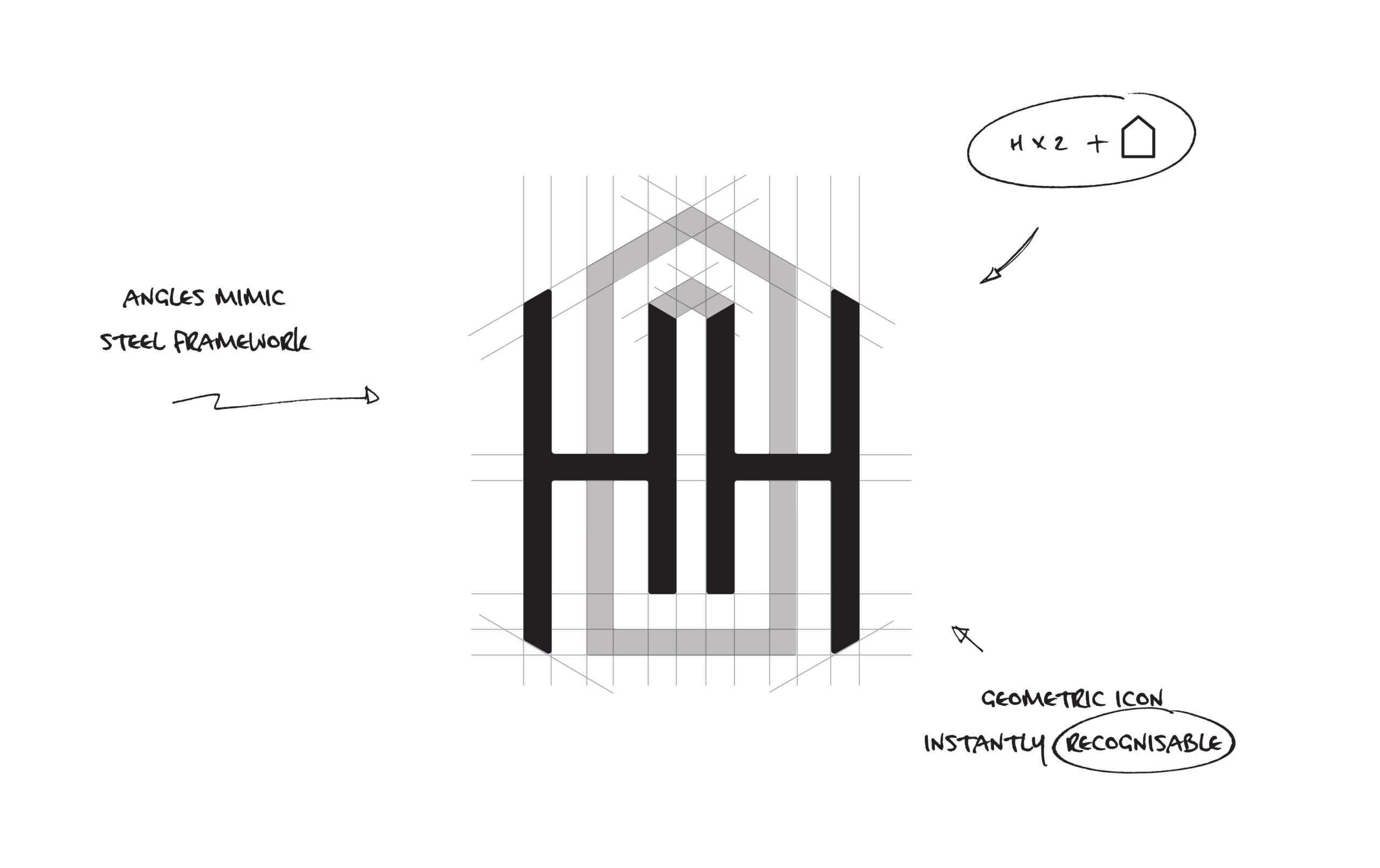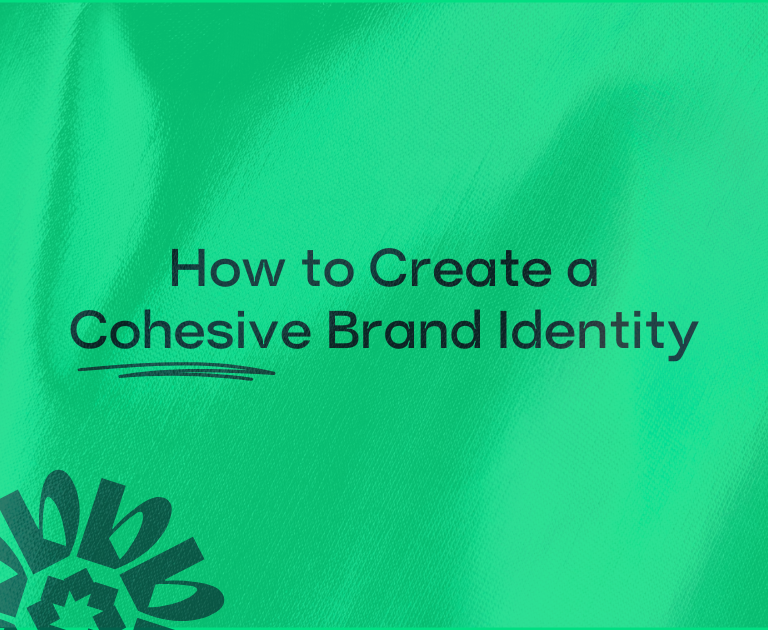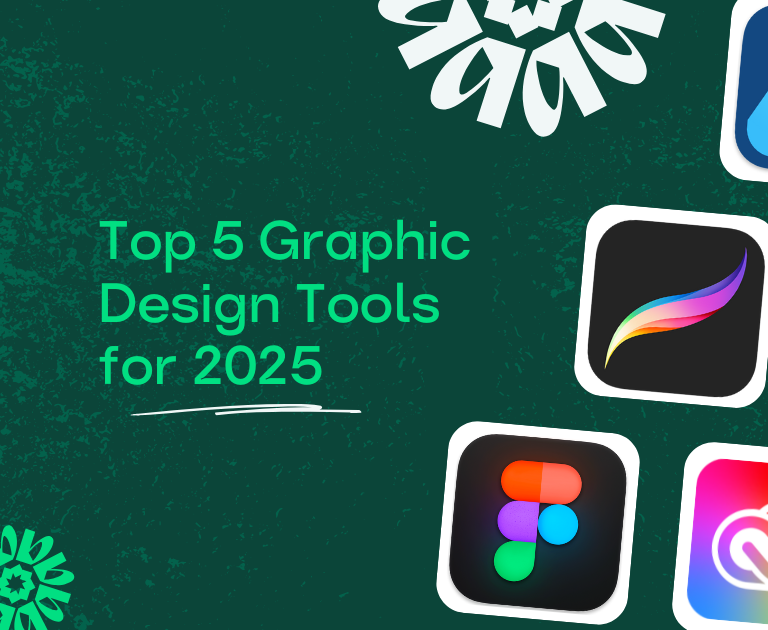However, a logo can be more than just a simple symbol of identification. When designed with skill and imagination, it becomes a strong tool that tells the story of a company. It has the power to convey your brand’s message in a way that creates a strong emotional connection with your target audience. Let’s delve into it a bit more…
01. What Does a Logo Do?
It holds great significance for numerous reasons, with the main one being that it:
- Creates a positive initial impact, encouraging customer engagement with your brand
- Assists in establishing a unique brand image
- Provides your business with a recognisable emblem for better recall
- Sets you apart from rival companies
- Builds customer loyalty to your brand
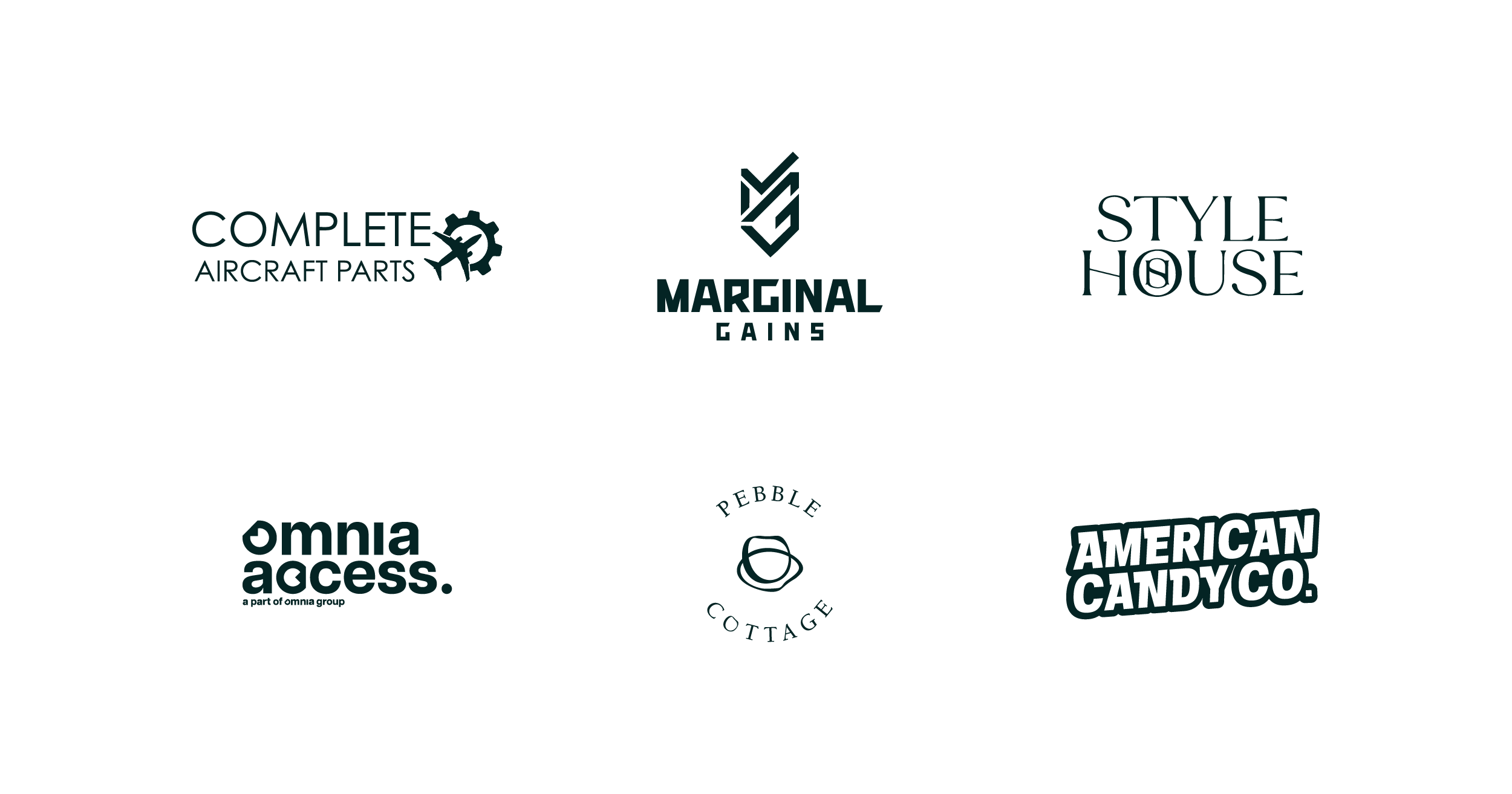
Creating a logo should definitely be one of your top priorities when starting a business. You can find our design packages here, but for now see below just some of the elements that together make up a great logo design.
02 What are the Components of a Logo?
2.1 Colour
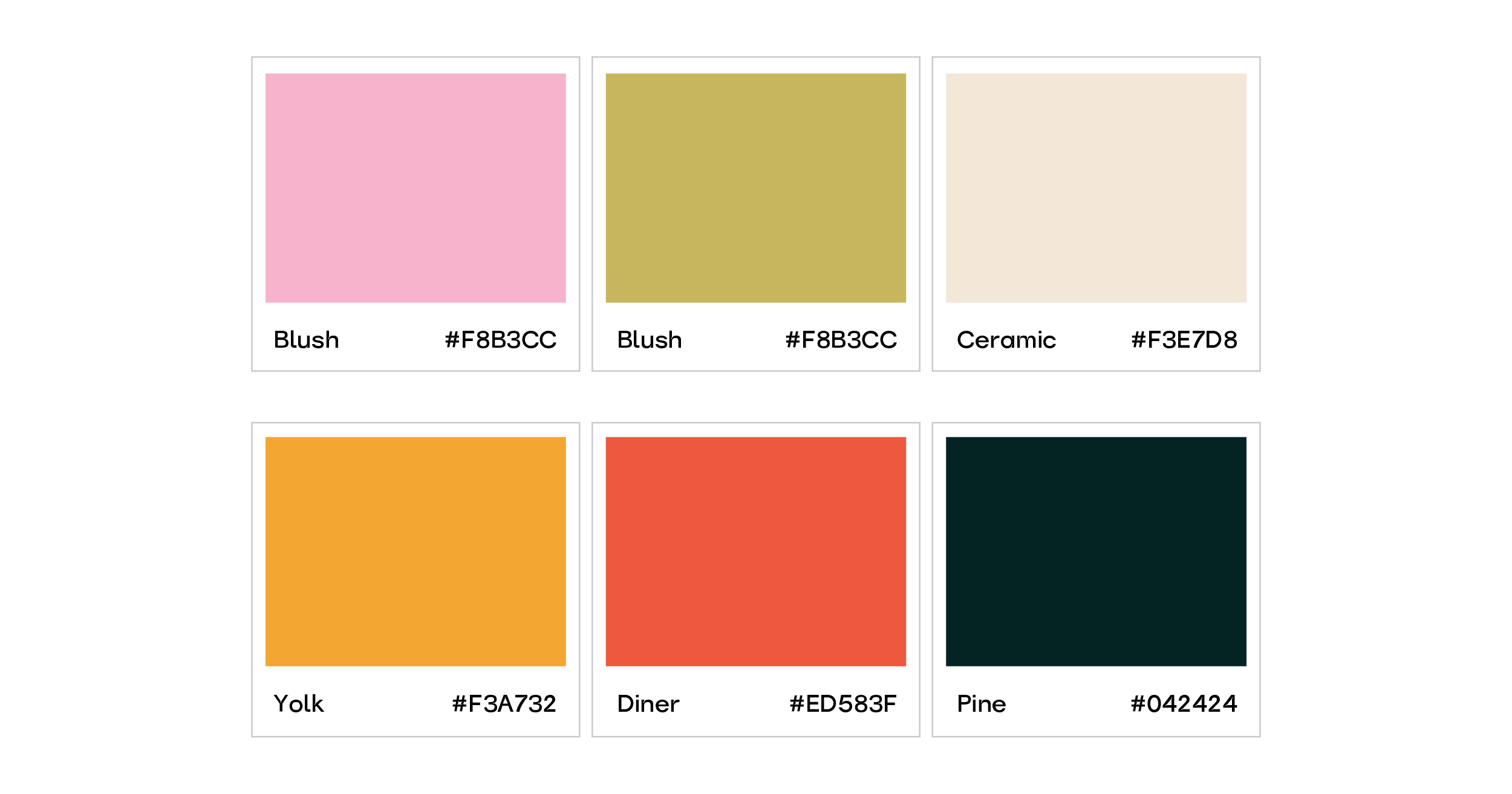
Colours are more than just for looks – they convey your message. They show if you’re fun or professional, creative or traditional, modern or classic. Your logo can have one colour or a few (but it’s best to stick to two or three). The colours you choose will also be used in other branding materials, so choose carefully!
2.2 Typography
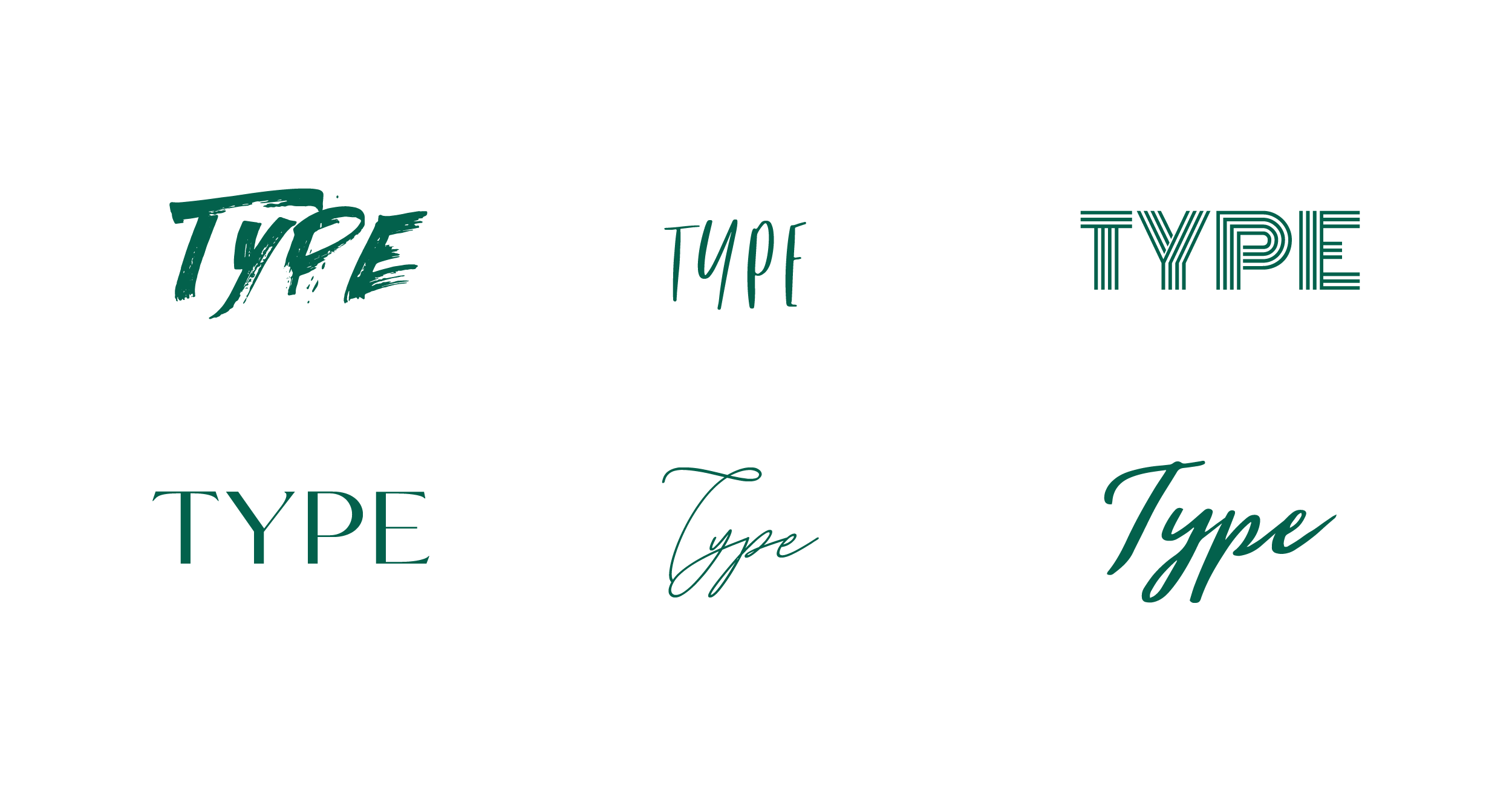
This is essentially how people who aren’t designers view fonts; typography involves the letters used in a identity, organised in a cohesive design. Logos can feature a single letter, a monogram, or the entire business name.
2.3 Image
An image can come in many different forms, ranging from a basic arrow to a complex representation of something detailed. It can be used as a symbol or icon, representing either a product or a cherished principle. But keep in mind that if you choose to use an image, it may need to be resized depending on its placement. So, it’s recommended to choose something that appears clear and can be easily adjusted in size.
2.4 Tag Line
A tagline is typically a catchy statement or slogan that aims to engage your audience or describe your business. While logos can stand alone without a tagline, it is worth considering if the overall design is harmonised with each other. Although it represents your values, it may not effectively communicate your company to your clients.
03 What Makes a Logo Stand Out?
The impact of a logo can differ based on the company, audience, message, and design. Despite differing views on effectiveness, there are four key goals to consider when creating an identity, whether doing it yourself or hiring a designer.
3.1 It should be audience-appropriate.
The logos that work best are not the flashy ones, but the ones that truly resonate with their target audience. Logos represent not only your business, but also the people you want to attract. For example, you wouldn’t use sleek and corporate colours for a children’s playground logo, just as you wouldn’t pick bright reds for a swimming pool logo.
3.2 It should be easy to read.
Wordmark logos, which are made up of only text, are especially prone to this problem. However, this principle applies to all types of designs. If your logo requires your target audience to decipher its meaning, they will quickly lose interest. Ensure that your logo can be easily understood with just a quick glance.
3.3 It should be distinct.
Drawing inspiration from current industry trends is beneficial when designing. Remember, the main purpose of a logo is to make your brand stand out from competitors. Your logo needs to be unique and unforgettable, reminding customers why they should stay loyal to your brand.
3.4 It should be scalable.
As mentioned before, it is important to emphasize again the importance of having a flexible logo. Your logo will be displayed on different media platforms and in various sizes. Therefore, it is necessary to have a logo that can easily adjust to any branding needs you may encounter.
04 What are the Different Uses for Branding?
Logos should be strategically placed wherever your product, company, or brand makes an appearance. This is the golden rule of branding.
- Websites – Placing your logo prominently at the top of your website boosts brand recognition and lets visitors know they’re in the right place right away.
- Business Cards – Spread the word about your business with branded business cards featuring your logo – a memorable way for customers to recall your name.
- Marketing Materials – Ensure your logo is front and center on all marketing materials, from ads to social media posts, to create a strong brand presence.
- Presentations – Incorporate your logo into presentations to clearly showcase the brand you’re representing and leave a lasting impression.
- Company Communications – Strengthen your brand identity by including your logo in all company communications, connecting your company culture with the brand it represents for both customers and employees.
Now that you understand the importance of a logo and how it represents your brand, it’s time to start your brand journey and get logo designed. Let’s have a chat to discuss how we can help get the ball rolling.
